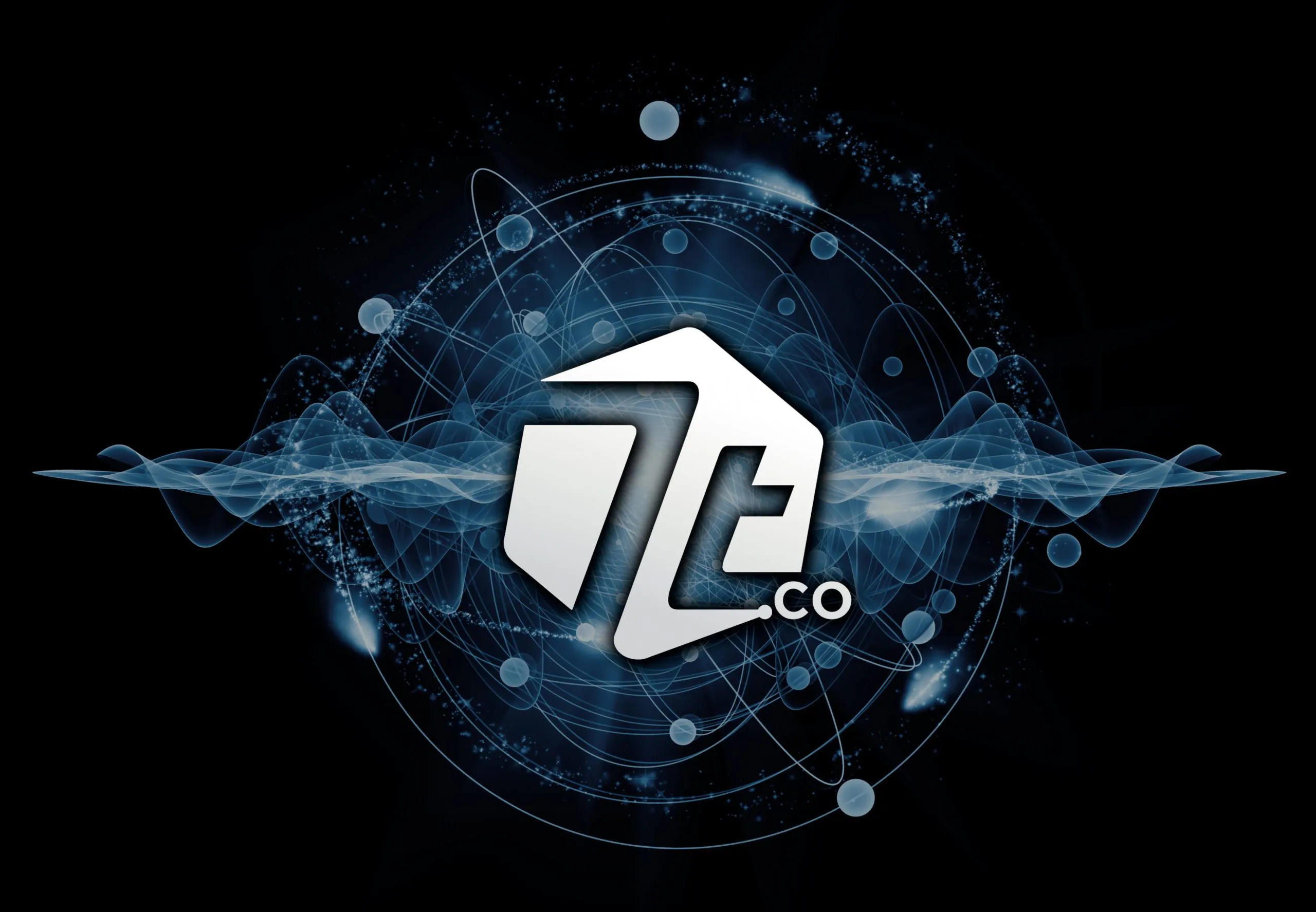Your company has spent months working with an enterprise software developer like 7T, striving to create a software interface that suits your unique processes and needs, while simultaneously solving problems and improving efficiencies. Now your enterprise software platform is complete and it’s ready for its company debut. But humans are inherently averse to change, especially when that change requires new routines and processes. So consider these phases of software adoption as you roll-out your new software.
Understanding the Types of Users in the Software Adoption Process
As you prepare to unveil your new software platform, it’s important to understand the different user types, as each group will have slightly different needs. Let’s look at the different user types.
- Early Adopters — Early adopters comprise a small group who will be amongst the first individuals to begin using the new technology. These users are typically in a leadership role within the organization, making them well-positioned to help guide others throughout the software implementation process.
- Early Majority — The early majority represents the individuals who are eager to learn something new. These users tend to be hungry learners who are excited to improve upon their existing processes and systems.
- Late Majority — The late majority tends to be mildly resistant to change and as such, they will be more reluctant to adopt a new enterprise software platform. But once they become familiarized, these individuals tend to be very willing to use the new system.
- Laggards — Laggards tend to be fairly resistant to change and they may resist using the new software until it’s absolutely necessary. Laggards generally shift over to using the new interface when they cannot avoid it. This means you may need to cut off access to old tools and systems in order for these individuals to migrate successfully.
You’ll need to fine-tune your software adoption process to suit these different types of users. For instance, you may need to consider precisely when you “turn off” an old software platform in an effort to compel laggards to transition to the new system. Education is a key component of the software adoption plan, as individuals are generally willing to try new — albeit unfamiliar — platforms if they’re encouraged to do so and reassured that the new interface will make their job easier.
The Software Adoption Process Begins With a Limited Beta Release
While you may initially believe that your new enterprise software system is complete and ready for primetime, but it’s not uncommon for a client to come back to the developer with some additional features or modifications. So before you debut your new software company-wide, it’s wise to select a group of early adopters who represent the various user types within your organization. These early adopters can begin by using the enterprise software in a sort of beta release, allowing for an opportunity to solicit feedback and suggestions for any modifications that may be required prior to the official launch.
As creatures of habit, humans are resistant to change so it’s less than ideal to be making significant modifications to an enterprise software platform immediately after the initial release. It’s a bit like pulling the rug out from under your employees not once but twice.
These early adopters can also play a very valuable role during the software adoption process, as they will be experienced with the new platform when the official roll-out occurs. This means that the early adopters will be well-equipped to help team members as they’re learning to use the new interface. With this in mind, it’s generally best to ensure that your early adopter group contains individuals from every department and every shift; this ensures that these more experienced users will be available at all times.
Phases of Software Adoption: Training
A cutting-edge ERP platform or a super innovative CRM is of little use if nobody knows how to use the platform. Ideally, your new business software will be user-friendly and intuitive. But even the best user interface may require some user training if these team members are to make the most of the platform. Training can take many forms, from in-app tutorials or instructional videos for simpler platforms, to in-person training sessions for more complex interfaces with a rich feature set. The best approach varies depending upon the complexity and size of the software platform.
So how will you train your company to use this new platform? Whether it’s a mobile platform or a desktop interface, it’s generally wise to arrange for in-person training sessions. A good enterprise software development company will be able to assist in this area by providing tutorials or walk-throughs to familiarize users with the new interface. This is where company size matters, as your precise strategy will vary depending upon the number of office locations and the number of users.
In some cases, a single trainer can visit the company’s offices over the course of a week or two. In other scenarios involving a business with dozens or hundreds of office locations, the trainer may need to train a group of “super users” who will have the ability to disperse throughout the company to provide training on the new software.
The software onboarding process can also be facilitated using a software training platform such as WalkMe. This clever platform provides step-by-step help to users who may not do well with video tutorials or similar. WalkMe also gathers user metrics to provide your business with useful insights that can guide future development.
7T, a leading Dallas custom software company, strives to solve problems and boost ROI through digital transformation. A large portion of our mobile app and custom software development work involves enterprise clients, who are seeking to expand, augment or streamline their operations with purpose-built technology.
Our innovative team integrates cutting-edge solutions into virtually every development project, whether it’s mobile app development, custom software projects such as CRM platforms and ERP development, or Snowflake data solutions, we’re ready to deliver collaborative, multi-phased software development services to clients in all business sectors.
7T has offices in Dallas, Houston, Chicago, and Austin, but our clientele spans far beyond Texas and the midwest. If you’re ready to harness the power of an enterprise mobile app, custom enterprise software platform, an enterprise mobile app and today’s most innovative technologies, contact 7T. We invite you to call our Dallas area offices at 214-299-5100.










